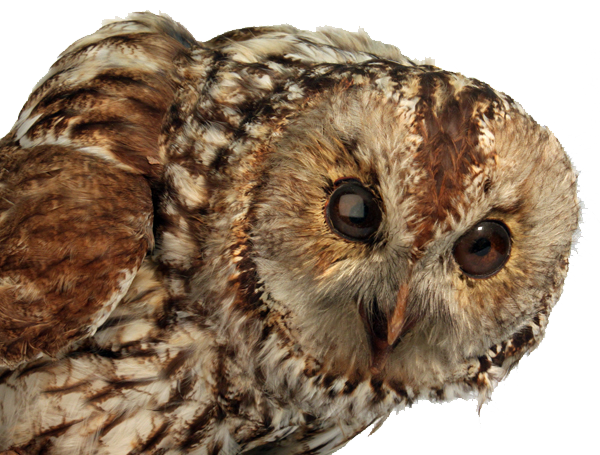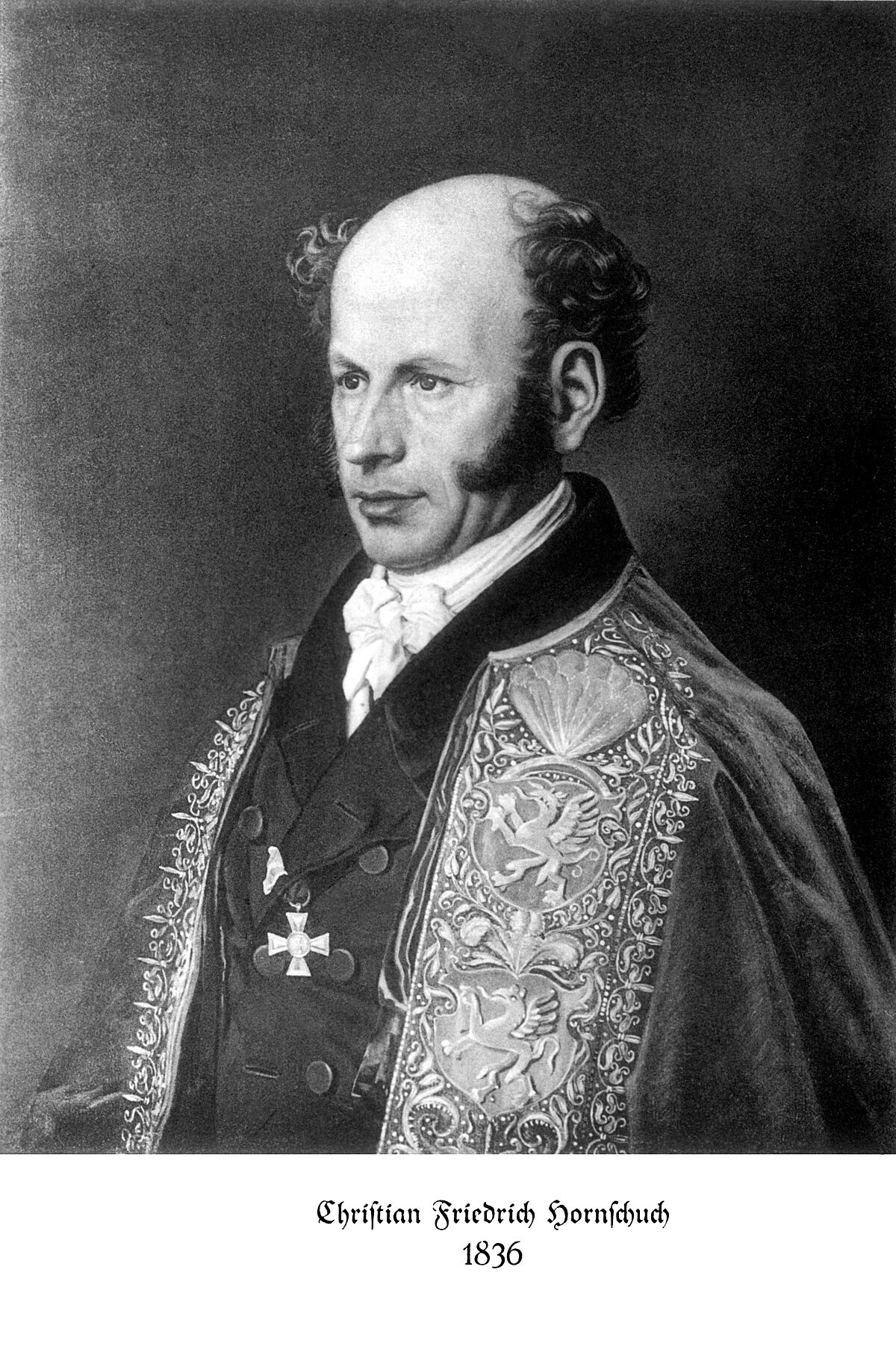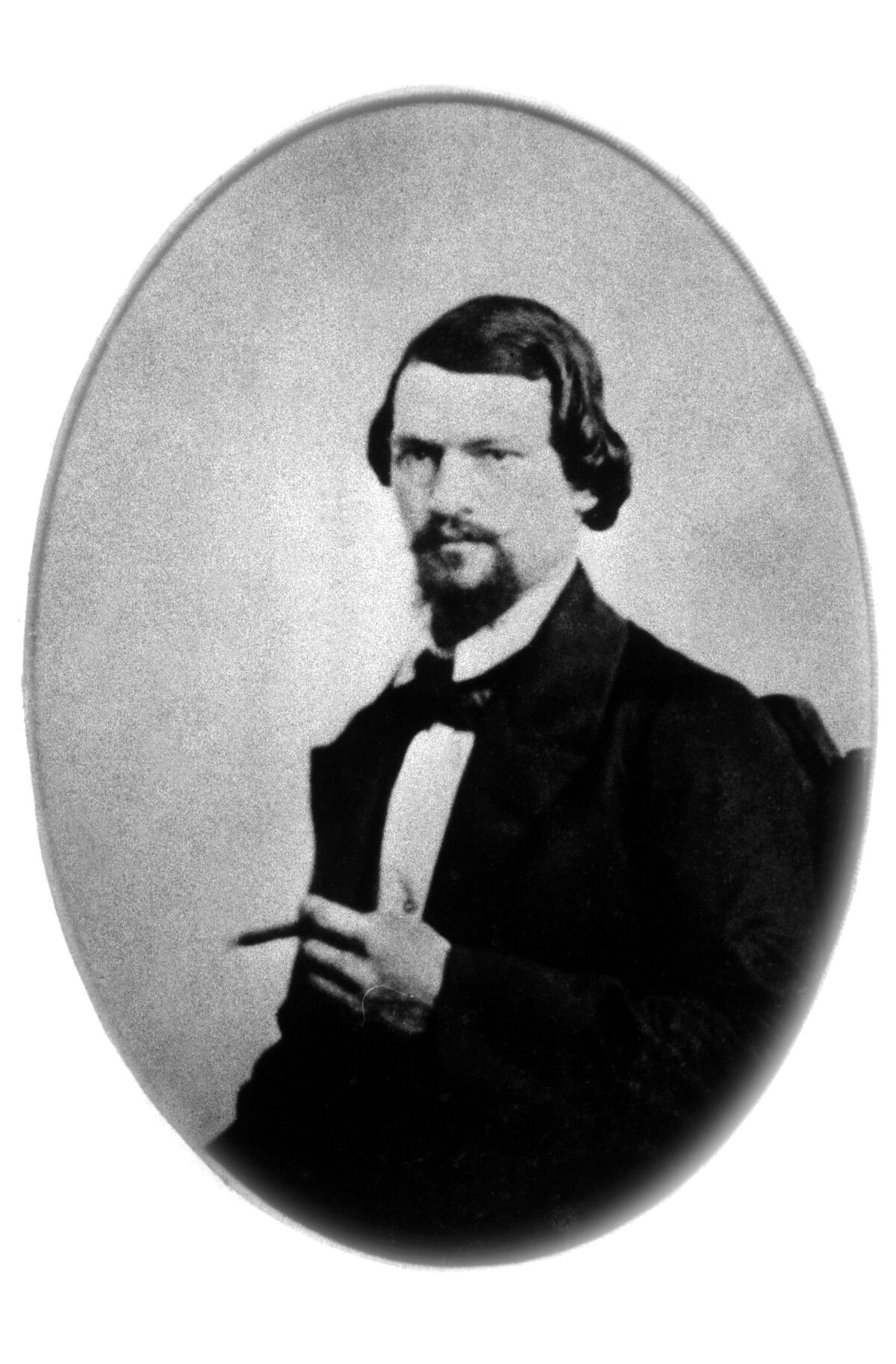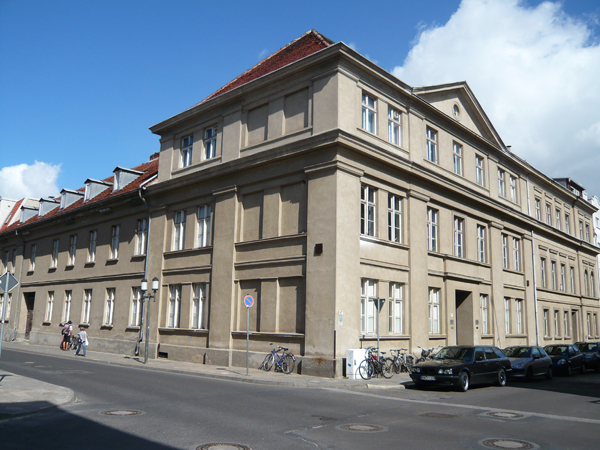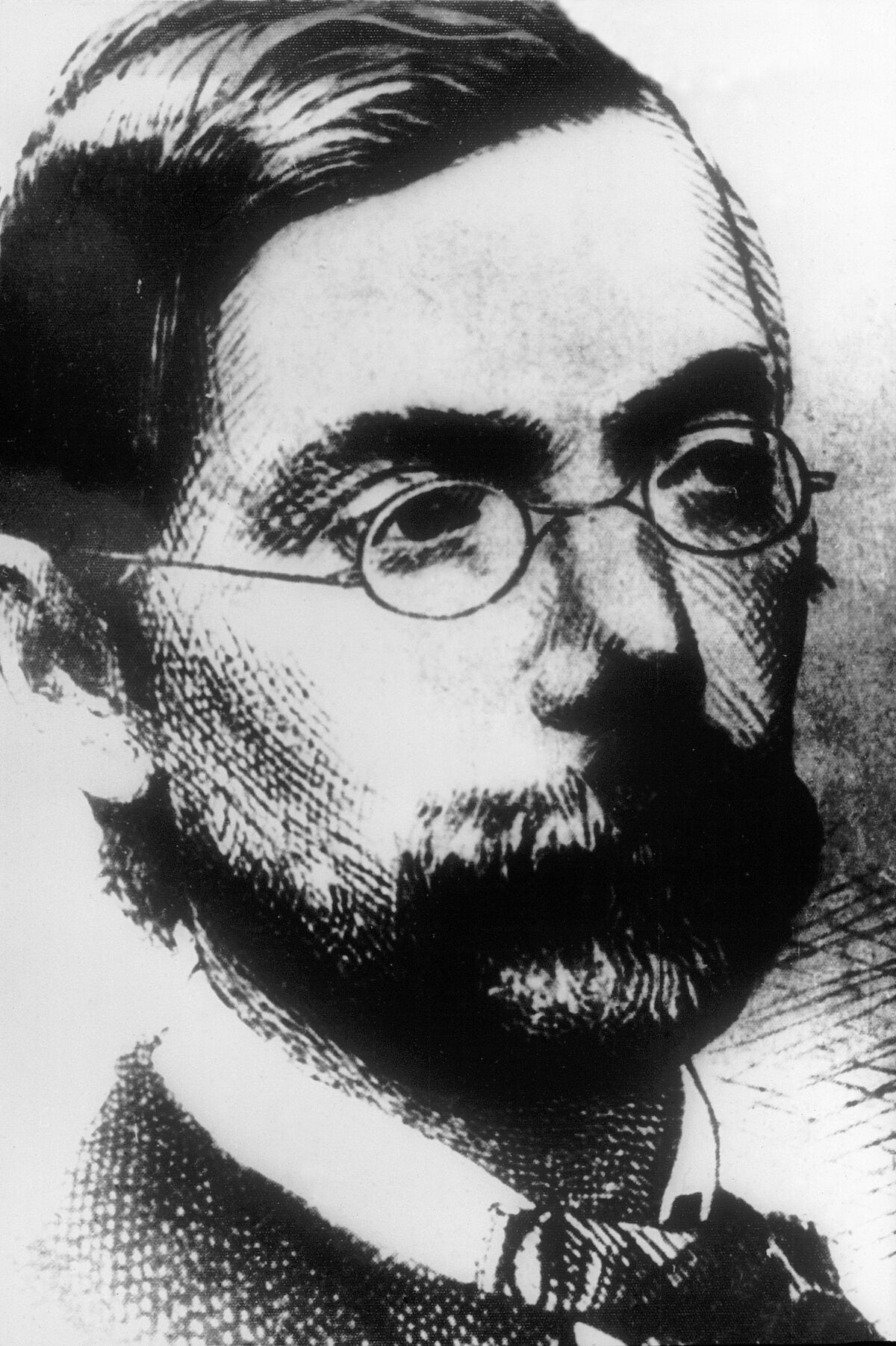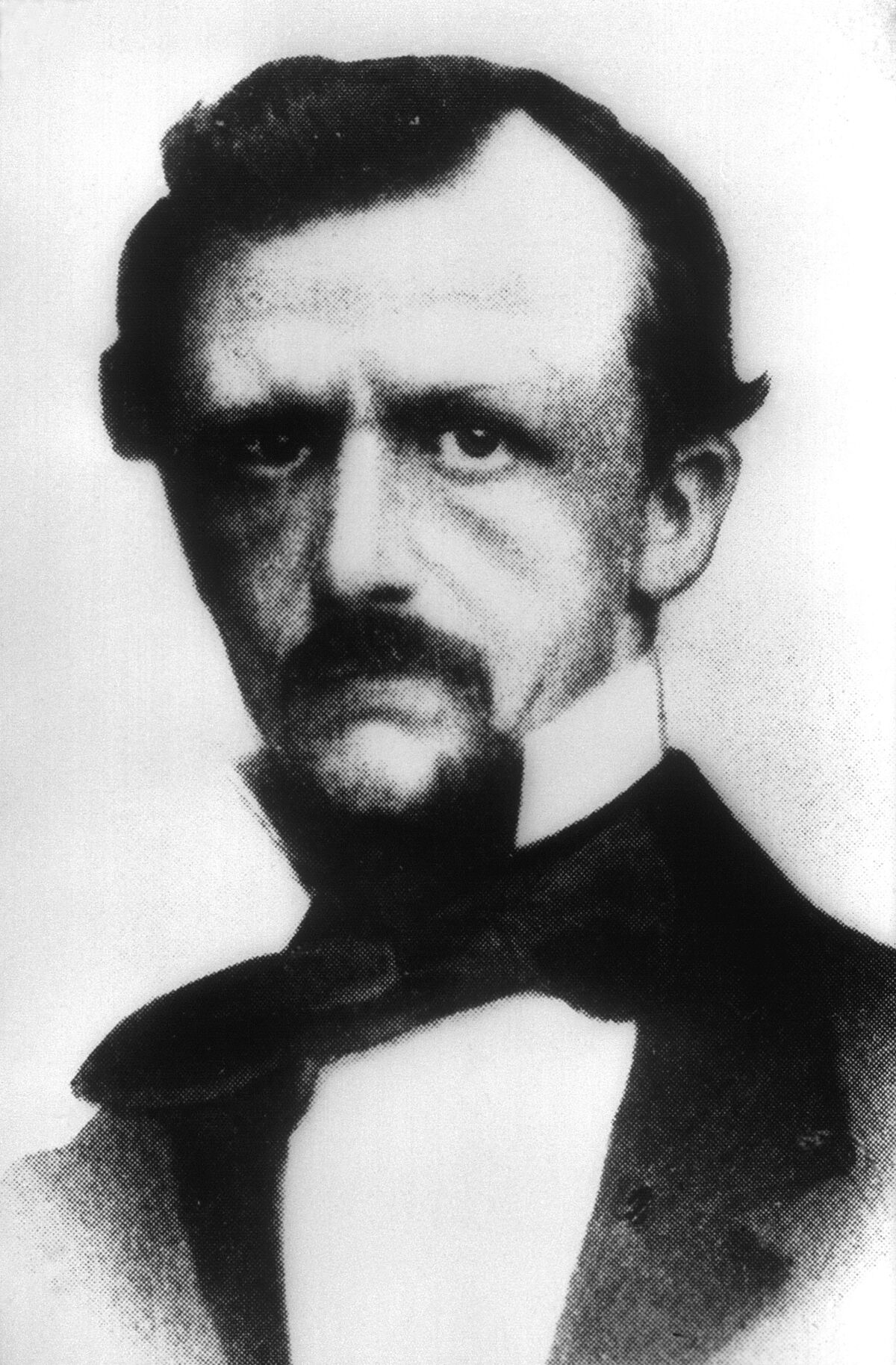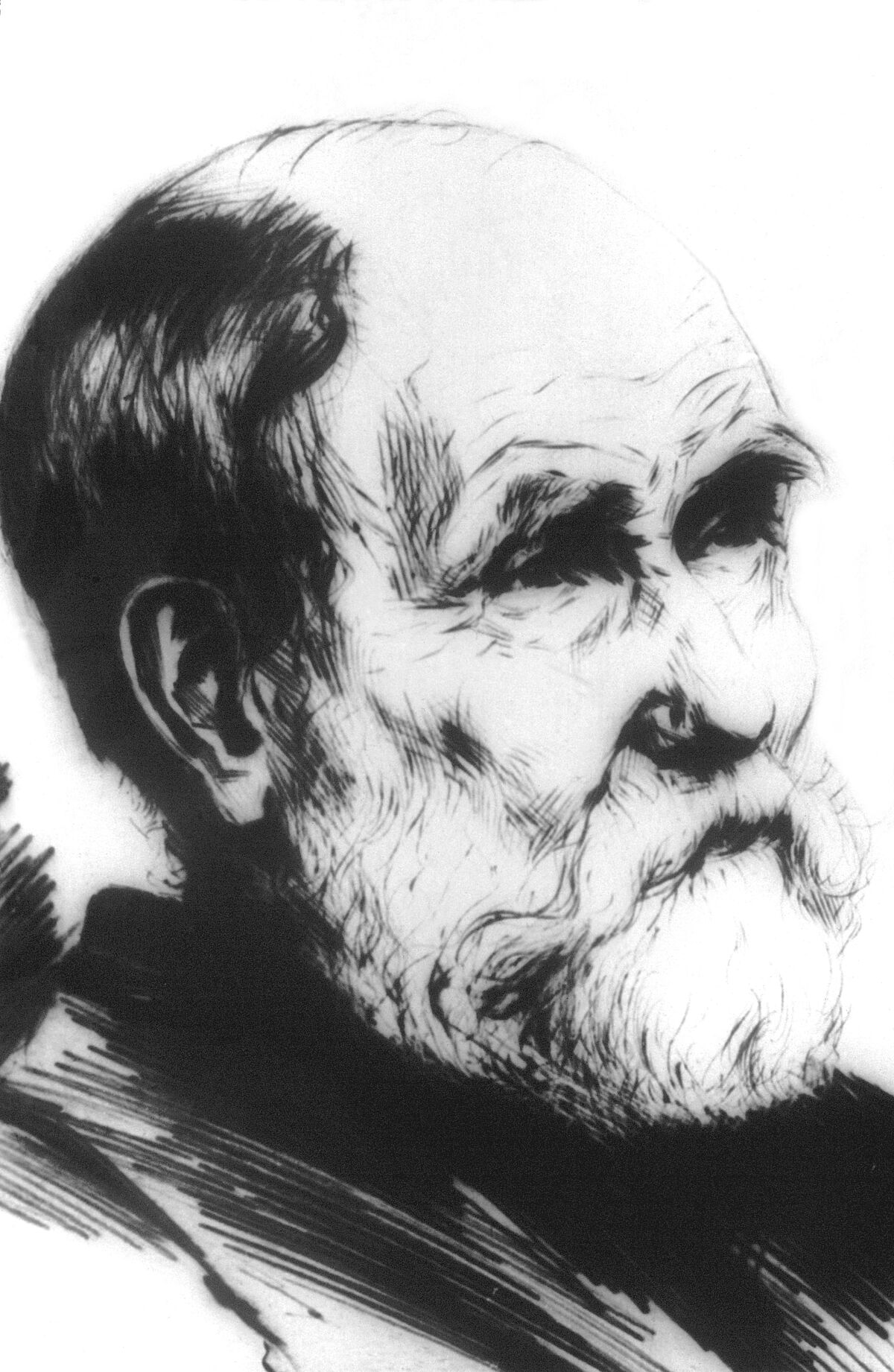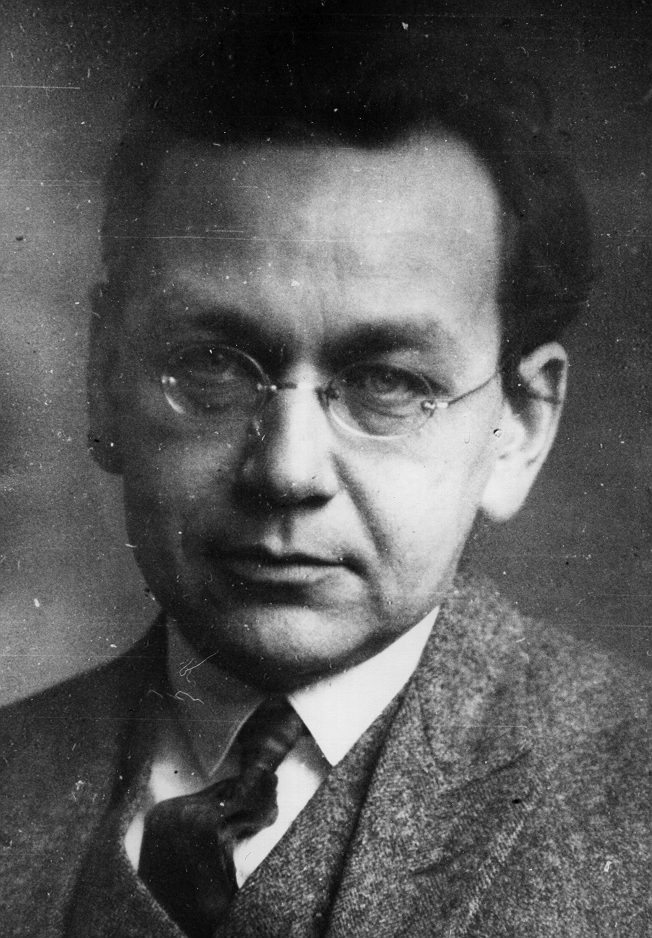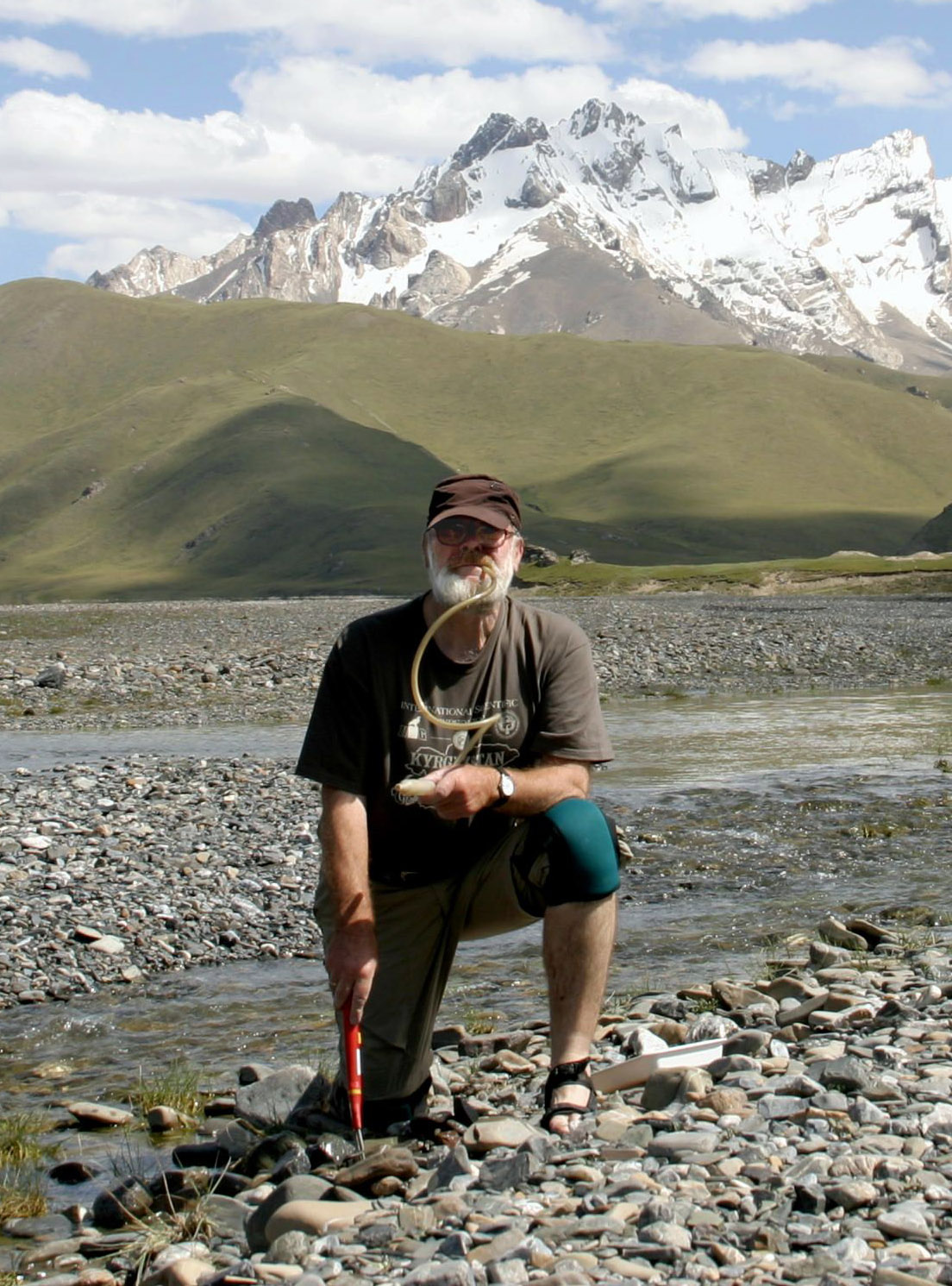In the 18th century, a natural history cabinet had been established through donations to the university and was housed in the main building. In 1819, the botanist Christian Friedrich Hornschuch took over this collection in order to expand it into a zoological museum. When he took office, he found that most of the natural history exhibits had already rotted away due to a lack of care. But this did not dampen Hornschuch's enthusiasm.
Hornschuch not only successfully fought against financial and space constraints, he also managed to organise two staff positions. In particular, the recruitment of ornithologist Wilhelm Schilling as curator proved to be a very fortunate choice for the museum. Schilling used the three decades between 1820 and 1850 primarily to build up an extensive collection of birds from the Western Pomeranian region ("Pomeranian collection").
In 1836, the Zoological Museum moved into the building at Johann-Sebastian-Bach-Str. 11/12, where it was housed until 2017. Initially, only a few rooms were used here and then later, from 1895, the collection was extended to the entire building. Space was also needed for the rapidly growing collections, as the exhibits now even included whale skeletons! In this first half of the 19th century, the museum saw itself as a regional museum dedicated to researching the animal world of Western Pomerania and documenting it with a vast of specimens.
When Reinhold Buchholz became curator of the museum in 1864, the collection and research strategy changed. Although specialising in crustaceans, Buchholz was a researcher with broad interests - both taxonomically and biogeographically. His participation in research expeditions to the Arctic and West Africa initiated the "Internationalisation" of Zoology in Greifswald. A heyday of collection-based taxonomic research began...
After Buchholz's early death in 1876, C. E. Adolph Gerstaecker took over as director of the Zoological Museum in 1876. In addition to crustaceans, his special research interests focussed on insects. Over two decades, Gerstaecker built up the so-called "New Institute Collection" of insects from various expedition yields and material purchases, which eventually comprised 20,000 species and several hundred type specimens. Entomology had finally arrived in Greifswald!
Gustav Wilhelm Müller, another world-class zoologist, was appointed head of the museum in 1895. Müller's passion was the crustacean Ostracoda, and as a specialist in this field he processed the specimens from all the major research expeditions of his time. Not least due to purchases of individual specimens and entire collections, the museum had become so extensive that the neighbouring building had to be purchased. Müller's retirement in 1923 marked the end of six decades of extremely productive taxonomic museum research in Greifswald.
Under the direction of Paul Buchner (*1886 - †1978, in office 1923 - 1926), a leading symbiosis researcher, the building was extensively rebuilt and modernized. From 1927, it bore the name “Zoological Institute and Museum”. Buchner's successor as director, Ernst Matthes (*1889 - †1958), described it as “one of the most beautiful [institutes] in Germany”! Matthes had a public collection set up with a systematic and a biological section, which was opened in 1930.
The collections, which had been moved to the basement, survived the turmoil of the war and post-war years largely unscathed. Custodian Ilselotte Groth (*1923) organised the reorganisation of the museum with great dedication. The collection now grew mainly through arthropod specimens (insects and other arthropods) from ecological-faunistic research projects in the region. With the GDR-university reform in 1968, the museum underwent another upheaval: six of the 10 collection rooms were lost due to reconstruction and almost 1,000 bird and mammal exhibits had to be put into storage.
During this time, the museum was given its current structure. The reorganisation was accompanied by the reorganisation of the teaching and public collection, which follows the natural system of the animal kingdom. In connection with Gerd Müller-Motzfeld's curatorship, a focus on entomological collection and research has been established since 1978: applied and systematic carabidology (ground beetle science). Diptera (flies and mosquitoes) are another research focus group with a long tradition in Greifswald. - Since 1996, rooms for temporary exhibitions have been created in the Institute's foyer and in the former Library.
In 2015, the Zoological Museum moved into its new rooms on the Soldmannstraße-Campus. Since July 2024, the Zoological Museum building has also been easily recognisable from the outside thanks to the artistic display of the lower jawbone of a “blue” humpback whale.
Publications
Keilbach, R. (1956). Chronicle of the Zoological Institute and Museum of the University of Greifswald. In: Festschrift for the 500th anniversary of the University of Greifswald, p. 561-570.
Keilbach, R. (1988). The development of Zoology in Greifswald. Wiss. Z. Ernst-Moritz-Arndt-Uni. Greifswald 37 (2-3): 5-10.
Müller-Motzfeld, G. (1988). The zoological collections in Greifswald. Wiss. Z. Ernst-Moritz-Arndt-Univ. Greifswald 37 (2-3): 30-35.
Müller-Motzfeld, G. (2008). Arachno-entomology in Greifswald. In: Greifswalder Universitätsreden - Zum 100. Geburtstag des Zoologen Prof. Dr. Rolf Keilbach, Neue Folge Nr. 138:15-34.
Michalik, P. & Jaschhof, M. (2009). The Zoological Collections of the Ernst Moritz Arndt University of Greifswald. In Obst et al. Treasure troves of nature - natural history collections in Mecklenburg-Vorpommern. p 40-45.
Kämpfe, L., Michalik, P. (2011). 175 years of Zoology in Greifswald - a review. Greifswald University Speeches 143, 7-27.
Michalik, P. (2018). GREIFSWALD: The Zoological Museum of the University Greifswald: Past, Present, and Future. In: Beck L. (eds) Zoological Collections of Germany. Natural History Collections. Springer, pp. 397-404.
Schmitt, M. (2019). Four and a half centuries of Zoology in Greifswald. Notifications of the German Zoological Society ZOOLOGIE 2019, 7-20.

